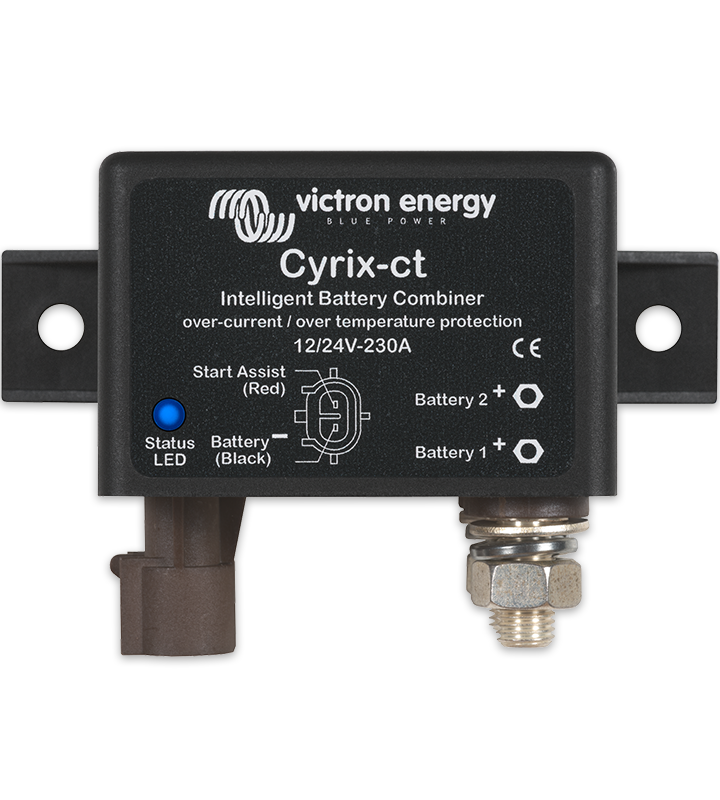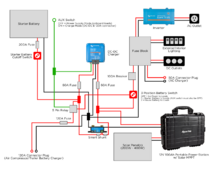Been doing a lot of reading and watching DIY videos and I'm getting around to the planning phase of what I want to install in my vehicle. I've attached a wiring diagram for what I'm thinking. This will primarily be used for off-grid camping, mostly for charging devices as well as powering a 12V fridge and camping lights. I've already completed the portable power station build. My main questions are...

- Does a setup like this make sense, mainly the power source selection switch (knowing I'll need to be sure not to drain my starter battery)?
- Do the fuses I've called out in the diagram make sense? I'm I going overboard or do I need to add more?

Last edited:




